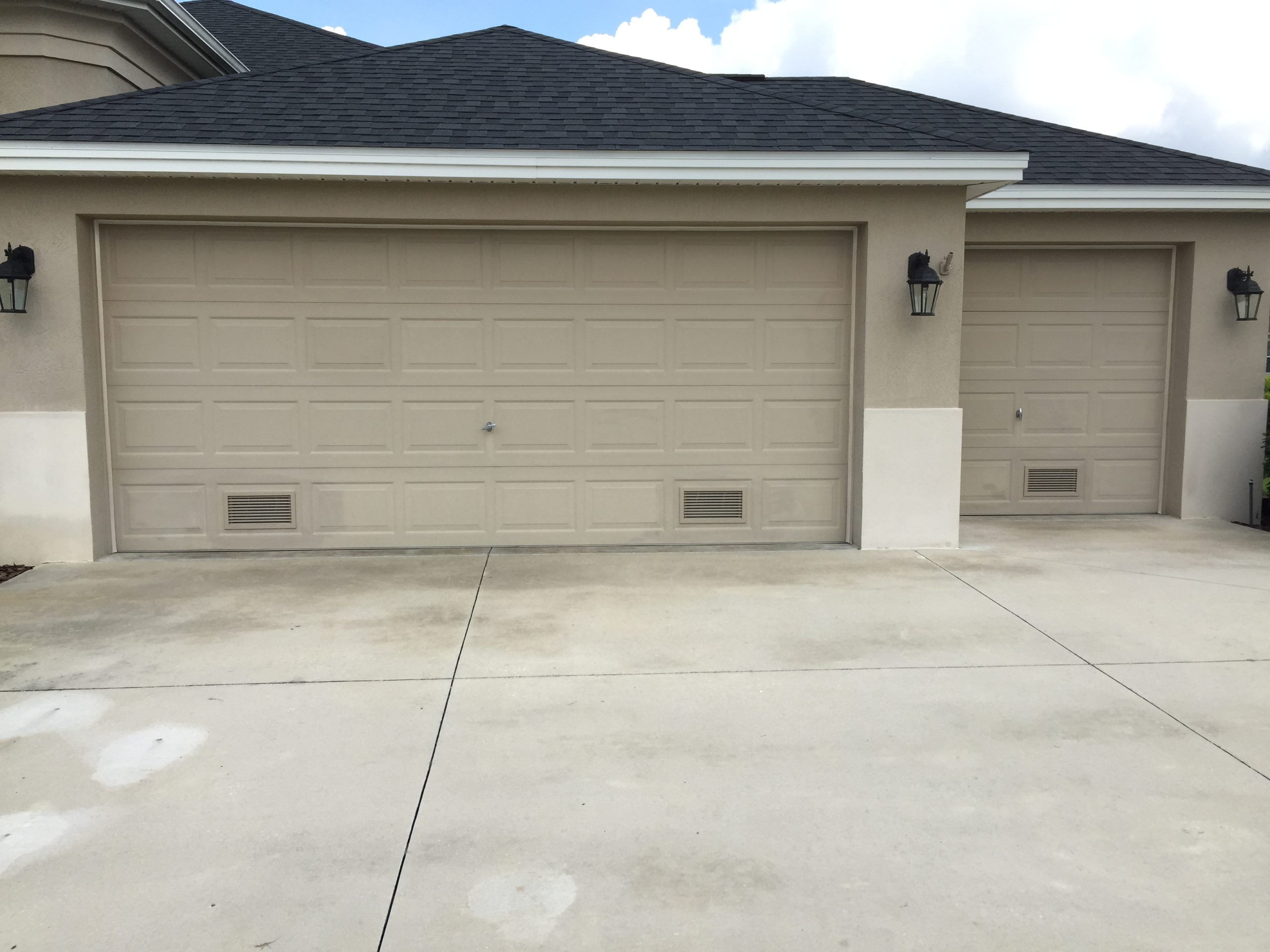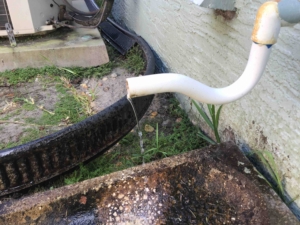Are Vents In Garage Walls Mandatory?
Vents in garage walls or doors are not mandatory but may ventilation for a garage is a good idea. Building codes for garage vents vary by jurisdiction, but there are certain guidelines that are commonly followed. In general, building codes require that garage vents be installed to provide adequate ventilation for the space. This typically means that vents must be installed in the walls and/or the roof of the garage to allow for the proper exchange of air.
The minimum size of the vents and the specific location of the vents will also be specified by building codes. For example, some codes may require that vents be located at least a certain distance from windows or doors to prevent drafts or heat loss. Building codes may also require that vents be protected with screens to prevent the entry of pests and debris.
Building codes may also have the requirement of fireproof material for the vent if there is a chance of fire hazard in the garage. It’s important to consult with local building codes and guidelines before installing vents in your garage to ensure that they meet the required standards.
One the most common places the vents are installed are under garage door vent or better said at the bottom of the garage door like the picture here. Note: There should be a garage door vent screen to block pests from entering through the vent.
Vents in garage walls are an essential component of any garage. They play a critical role in ensuring the safety, comfort, and functionality of the space. In this blog post, we will discuss the importance of vents in garage walls and how they can benefit homeowners.
The vents in garage walls help to improve the air quality in the space. Garages are often used to store a variety of items, including chemicals, pesticides, and other harmful substances. These items can release harmful fumes and toxins into the air, making it dangerous to breathe. Vents in garage walls help to circulate fresh air into the space, which can reduce the risk of breathing problems and other health issues.
In addition to improving air quality, vents in garage walls also help to regulate the temperature in the space. Garages are often uninsulated and can become very hot or very cold, depending on the season. Vents in garage walls help to improve the airflow and reduce the buildup of heat or cold, making the space more comfortable to use.
Ways GarageVentilation Can Be Achieved
- Wall vents: These vents are installed in the walls of the garage and allow for the proper exchange of air. They can be located on the bottom or top of the walls, and can be opened and closed manually or automatically.
- Roof vents: These vents are installed in the roof of the garage and allow for the proper exchange of air. They can be located at the ridge or near the eaves, and can be opened and closed manually or automatically.
- Gable vents: These vents are installed in the gable ends of the garage and allow for the proper exchange of air. They can be located on the bottom or top of the gable, and can be opened and closed manually or automatically.
- Soffit vents: These vents are installed in the soffit of the garage and allow for the proper exchange of air. They can be located on the bottom or top of the soffit, and can be opened and closed manually or automatically.
- Louvered vents: These vents are installed on the walls or doors of the garage and allow for the proper exchange of air. They can be opened and closed manually and have adjustable louvers to control airflow.
- Attic vents: These vents are installed in the attic of the garage and allow for the proper exchange of air. They can be located at the ridge or near the eaves, and can be opened and closed manually or automatically.
- Power vents: These vents are installed in the roof or walls of the garage and use an electric motor to ventilate the space. They can be set to turn on automatically based on temperature or humidity levels.
- Natural Ventilation: installing windows or skylights on the garage walls and roof that can be opened to allow fresh air to flow into the space.
It’s important to note that the best type and location of vents will vary depending on the garage’s size and construction, local climate, and other factors. Always consult with a professional before making a decision on venting your garage.
DIY Garage Door Vent
Why do garages have vents?
Vents in garage walls help to prevent moisture and mold buildup. Garages are often located in areas of the home that are more prone to moisture and mold, such as basements. Vents in garage walls help to circulate air and reduce humidity, which can prevent mold growth and protect stored items from damage.
Another benefit of vents in garage walls is that it helps to improve the energy efficiency of the space. Because garages are often uninsulated, they can be a significant source of heat loss in the winter and heat gain in the summer. Vents in garage walls can help to improve the airflow and reduce the need for heating and cooling in the space, which can help to lower energy bills.
Lastly, vents in garage walls also improve the overall look and aesthetic of the space. Many homeowners choose to use their garages as a workspace or a place to entertain guests. Vents in garage walls can be designed in a variety of styles, including contemporary and traditional, which can improve the overall look of the space.
Conclusion: Vents in Garage Walls
Garage vents are an essential component of any garage though they are not mandatory. Its the usage of the space that change the give the vents a critical role in ensuring the safety, comfort, and functionality of the space. They improve air quality, regulate temperature, prevent moisture and mold buildup, improve energy efficiency and overall aesthetic of the space. It’s important for homeowners to consider installing vents in garage walls to keep their garage safe, healthy and comfortable.










Pingback: Installing An Air Conditioner In Your Garage - GGR Home Inspections